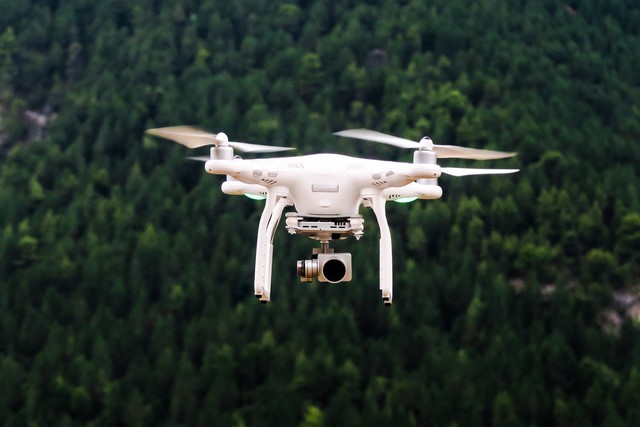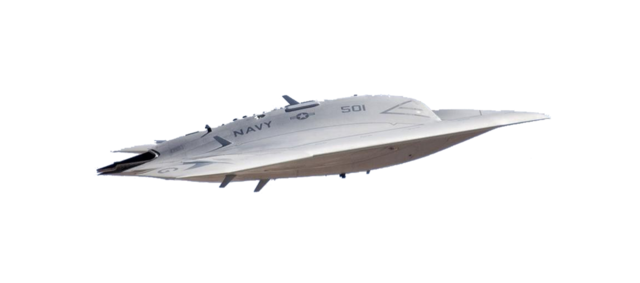It does seem a bit strange to have the word “drone” used to not only cover a $30 hobby aircraft that a child can fly, but to also describe a high-tech $10 million weapon used on a battlefield. Those devices don't exactly serve the same purpose. So why don't they have differe
What's the Difference Between a Drone, UAV, and UAS?
Andrew Soucek | Botlink
Reprinted with permission from the Botlink blog:
Everyone has heard the term “drone.” It’s becoming an increasingly popular way to refer to the small (usually) helicopter-like devices that are being flown by millions of people around the globe. However, there’s a host of other terms used to describe them, which can make things a bit confusing.
It does seem a bit strange to have the word “drone” used to not only cover a $30 hobby aircraft that a child can fly, but to also describe a high-tech $10 million weapon used on a battlefield. Those devices don't exactly serve the same purpose. So why don't they have different names?
Okay, so for starters, basically every UAV is a drone...but not every drone is a UAV. Still confused? Completely understandable!
Before we dig in further, it’s worth noting that with drones becoming increasingly popular, it’s likely some of these definitions will change in the future when the FAA eventually settles on more specific terms. This isn't a bad thing, as drone is so all-encompassing at the moment that it's hard for people in various industries to agree on anything. But for now, here’s a brief explanation of the different phrases you’ve likely heard to help you understand what each one means and what the difference (if any) there is between them:

photo via Jason Blackeye at Unsplash
Drone - While “Drones” make most people think of “an unmanned aircraft that can fly autonomously—that is, without a human in control.” (Scientific American) It can actually be used to describe a wide variety of vehicles. For example, there are seafaring (such as a submarine) or land based autonomously vehicles that also count under the given definition of drone.
Of course, the most common usage of the term refers to an aircraft that can be remotely or autonomously guided. Unfortunately, the only thing most experts can agree on with this term is that a drone doesn’t have a pilot inside.
(But hey, fun fact! the term drone comes from the Havilland DH82B “Queen Bee” remotely controlled aircraft. This dates back over 80 years!)

UAV - A UAV is an Unmanned Aerial Vehicle. They are able to fly remotely (such as with a controller or tablet) or autonomously. So, a drone...right? Well, basically yes. The two terms are often used interchangeably. Drone seems to have won out at the moment due to its use in the media, movies, and TV. So if you do use the same terms in public, it's likely no one is going to scold you.
However, many professionals in the industry believe UAVs need to have autonomous flight capabilities, whereas drones do not. Therefore, all drones are UAVs but not vice versa. But for now, go ahead and use the phrase you're most comfortable with. We won't judge!
UAS - All right. Thankfully this one is a little bit clearer. A UAS (Unmanned Aircraft Systems) includes not only the UAV (or drone), but also the person on the ground controlling the flight and the system in place that connects both of them. Basically, the UAV is a component of the UAS, since it refers to only the vehicle/aircraft itself.
RPA - Many pilots prefer the term “Remotely Piloted Aircraft.” This is because flying certain types of UAVs require a lot more skill (think years of training) than anything you could buy in a store. Taking control of an RPA requires more than simple handheld controls. You can't eat a sandwich and control one of these at the same time! The cockpit for an aircraft like a Global Hawk is closer to that of a commercial airliner. In time, this phrase could catch on to describe more complex flights. Besides that, though, RPA is essentially interchangeable with UAV since there is no consensus at the moment.
Of course, industry lingo is likely to change in the coming years and we’ll keep you updated along the way. And if you are looking to buy a drone (or UAV!) for your business, let us know. You can even sign up for a free trial, or visit Botlink.com to learn more about our drone mapping & flight planning software.
The content & opinions in this article are the author’s and do not necessarily represent the views of AgriTechTomorrow
Comments (0)
This post does not have any comments. Be the first to leave a comment below.
Featured Product

